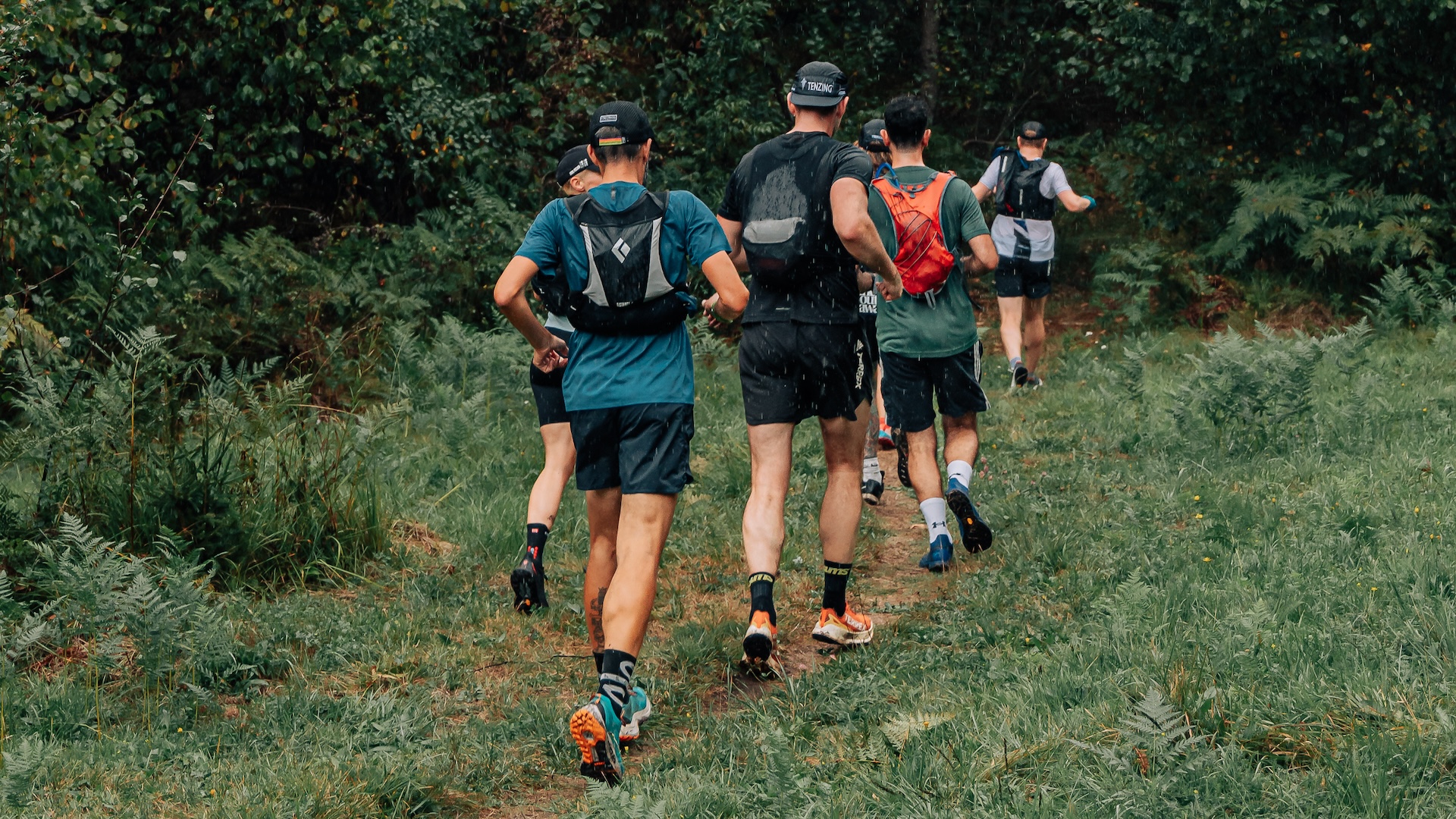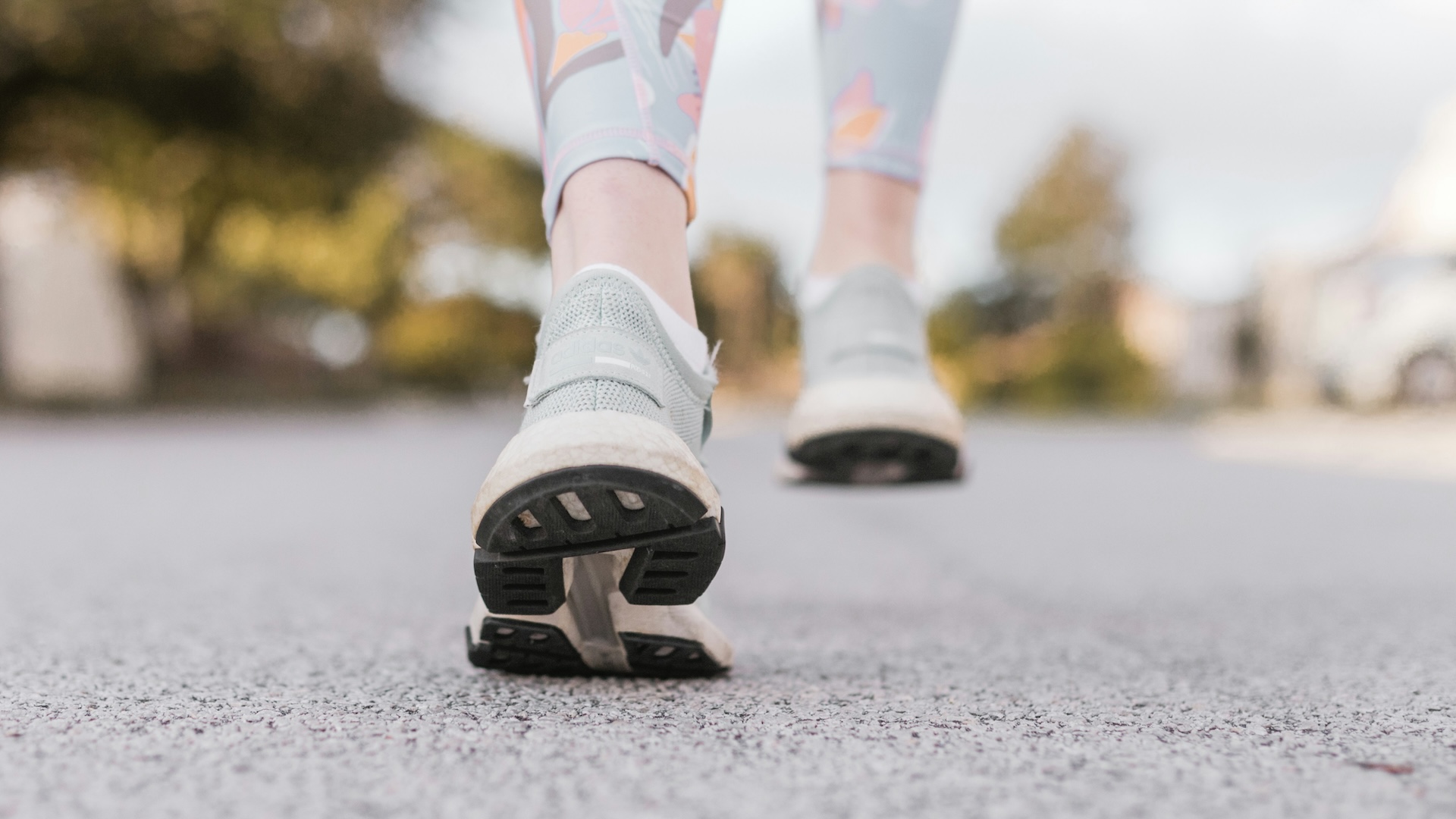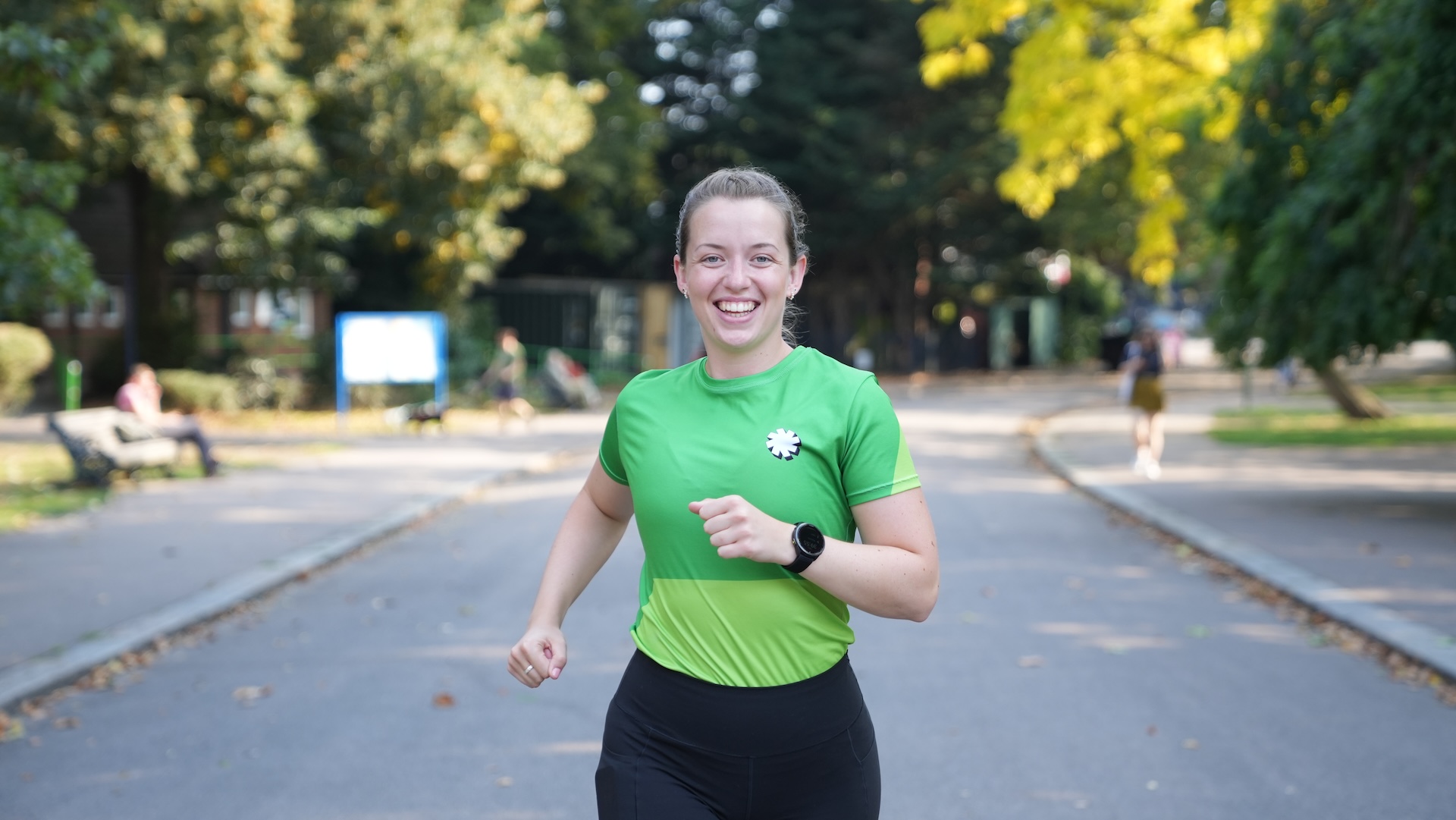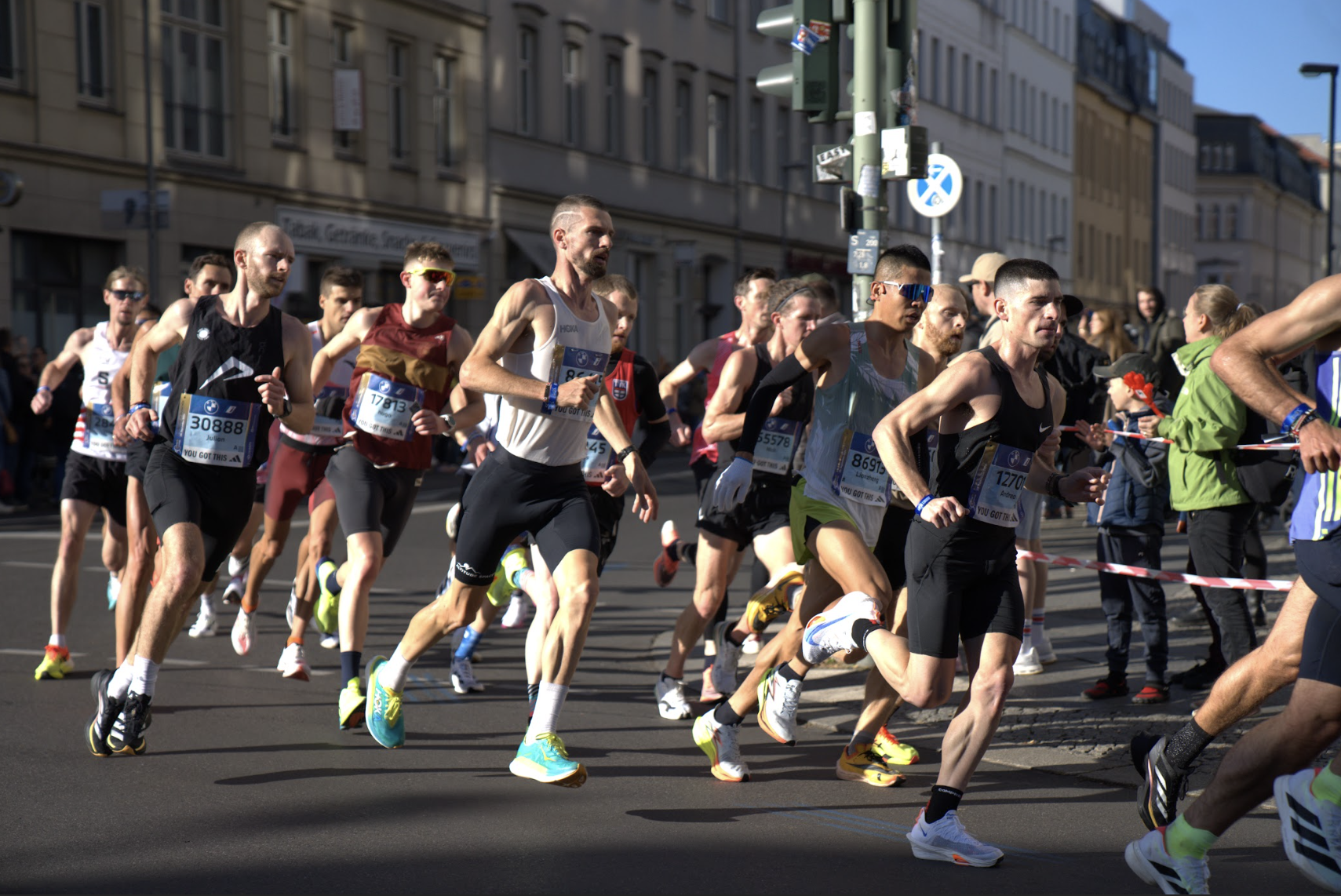What To Carry On A Trail Run?

Whether you’re taking part in a race or just heading out to run on the trails, it’s important to be prepared with the kit you take with you.
Unlike a road run where you might have just carry some water, on a trail run it’s important to pack extra equipment just in case you find yourself – or someone else – in need of help, or if the conditions suddenly change.
Here’s some advice on the best things to pack and carry for a trail run.
WHY DO YOU NEED TO CARRY THINGS ON A TRAIL RUN?
Trail running naturally takes place out in the open, and there are rarely people out supporting you. You may also be some distance from the next aid station or even road. With uneven terrain, which may be wet or muddy and extra challenging, the risk of injury is higher on trails. The risk of getting lost is also higher, and it may mean that a run takes you longer than planned, so you need to be prepared with more kit and more nutrition than you think you’ll need.
A lot of trail races have a list of mandatory kit that all runners must take with them. Compared to road races, which have no mandatory kit, this may seem unnecessary for some runners. But it’s important to consider that this kit might be essential in an emergency – and that could be an emergency for you or for someone else. As runners we must be prepared to stop and help others on the trail.
ESSENTIAL KIT FOR A TRAIL RUN
You should think about carrying the following with you on any trail run, and always check the mandatory kit list if you’re doing a race. Of course, some races take places in more extreme settings, so always be aware of any potential local dangers.
- GPS watch (with route uploaded, if possible)
- Fully charged mobile phone
- Waterproof jacket (with hood and sealed sleeves) or extra layer
- Hydration – water or other drink, carrying 500ml-1000ml (aiming for a minimum of 500ml per hour, and more if it’s hot)
- Nutrition – 300-400 calories per hour minimum, plus some in reserve (in the form of gels, chews, energy drink or snacks)
- First aid kit (see below)
- Toilet paper in a small plastic/ziplock bag
- Means of payment (cash or card)
- Fully charged head torch or body torch (optional if there’s a chance it’ll get dark when you run; if you’re running overnight then always pack a spare head torch, just in case)
For a first aid kit, you should pack the following inside a small plastic bag.
- Antiseptic wipes
- Some plasters/band aids
- Blister plasters
- Small sterile dressing
- Painkillers
- Foil blanket/lifesaver blanket
Additional items you might want to pack.
- Antiseptic cream
- Anti-chafe
- SPF lip balm
- Kit for specific animals, like bear spray or snake bite kit
WEATHER-DEPENDENT KIT FOR A TRAIL RUN
If it’s a hot day, then think about packing:
- Sunglasses
- Peaked hat, Buff or Saharan hat (with neck cover)
- Suntan lotion (30+ SPF)
- Extra electrolytes
- Extra capacity for water (and think about liquid nutrition as some runners can struggle to eat and take gels in warm weather)
If it’s a cold or wet day, then think about packing the following items. We also suggest packing these inside a plastic or waterproof bag so that they remain dry even if it rains:
- Warm baselayer
- Warm beanie
- Gloves (waterproof if bad weather)
- Spare socks (put them in a plastic/ziplock bag to keep them dry)
- Additional calories (two energy bars)
- Warm arm sleeves (optional)
- Waterproof trousers (optional, if very bad conditions)
HOW TO CARRY THINGS ON A TRAIL RUN?
There are several options to be able to carry things on your run.
If it’s a run where you need less equipment, then a running belt or half tights with leg pockets may be sufficient – even better, go with both for more storage.
The belt and half tight combo will allow you to carry all the basic kit without needing to wear a pack. For some runners (if mandatory kit allows), this may be sufficient for a trail run of up to a marathon, though only if you’re well-trained, if the race has lots of aid stations, and promises consistent weather conditions. For trail running, it’s always safer to pack more than you think you might need. And for that, you want a running pack.
For most trail runs, you’ll want to have a running hydration pack or vest. If you’ve never worn one before then they might seem bulky or intimidating, but the best ones are very secure, lightweight, comfortable, and most importantly, allow you to carry a lot of kit with you.
If you do a lot of trail running, then investing in a good running pack is a great idea. They range in volume, so choose the right size based on the type of runs you do – if you’re running 100km or 100 miles then you’ll want a pack with more capacity (8-12 litres), while for shorter runs a smaller capacity (5 litres) will be sufficient for most runners.
Most hydration packs have space for two soft flasks in the chest pockets, and some have a water bladder in the back.
***
What do you carry for a trail run?




























Running News
Ingebrigtsen Stars at World Athletics Indoor Championships 2025 – Plus All The Winners!
Sam Ruthe Is First 15-Year-Old To Run A Four-Minute Mile!
Eliud Kipchoge Will Run The 2025 Sydney Marathon!